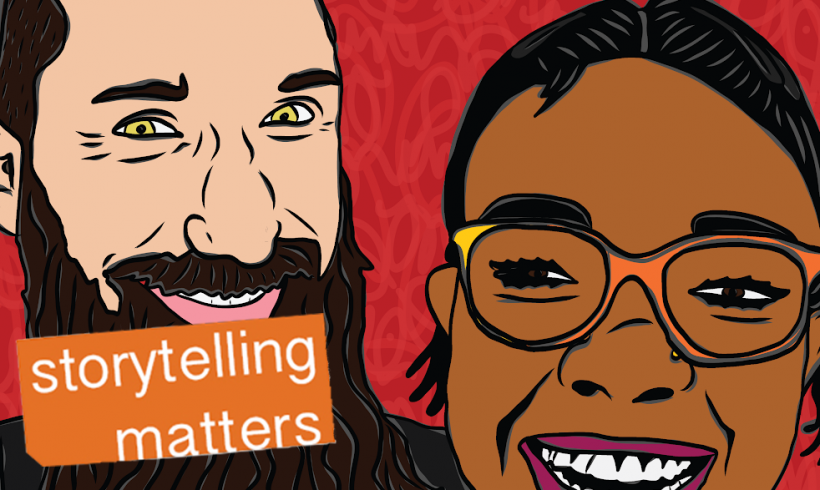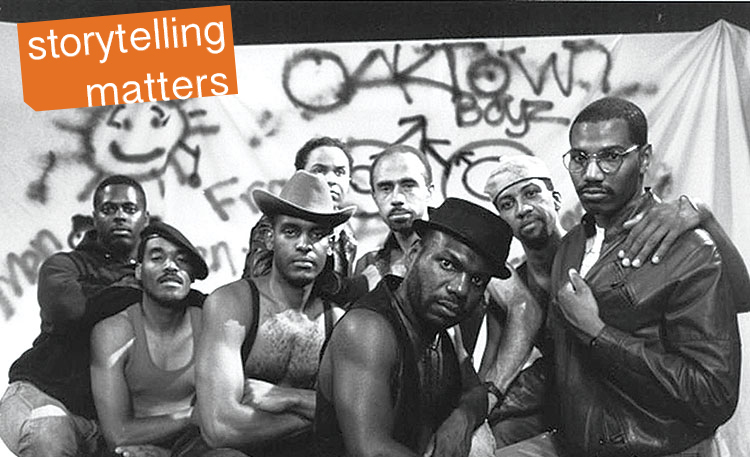Balance. I’ve never really been all that good at it. As a child, I would take a running leap off the public dock, curl myself up, and land cannonball-style into Lake Minnetonka at the first hint of spring.
Archive for tag: storytelling matters

Hacking for Good, Hacking for Colored Girls
By Emily Kuester For me, this summer has been packed with new. New experiences, new cities, new people, new tech. As a new member of...

Co-Creation, Collaboration and the Making of The Issue
In January 2018, The Alliance for Media Arts + Culture published the first issue of The Issue, a new intergenerational arts and culture magazine.

🎙 Your media arts & culture news 📷 ALLIANCE eBulletin 📹 April 2018
From the Executive Director Discoveries and Dreams by Wendy Levy April has truly been a month of discoveries at The Alliance: We discovered our true...

The High Stakes of Limited Inclusion
By KAMAL SINCLAIR
Emerging media cannot risk limited inclusion and suffer the same pitfalls of traditional media. The stakes are too high. Together, we must engineer robust inclusion into the process of imagining our future.

An Urgency to Speak our Truth: Artists, Archives, & Activism
By Arbo Radiko
There was this moment, sitting in the small cozy recording studio at BRIC Arts Media in Brooklyn with visionary artist/activists Martha Redbone and Jaishri Abichandani and my co-collaborator, mastering engineer/archivist Jessica Thompson, when all things felt possible.

Making a New Reality: Furthering equality in emerging media
BY KAMAL SINCLAIR
In 2008 my life took a turn from the world of live performing arts and tangible visual arts to an increasingly more virtual engagement with arts and creativity.

Blights Out for Mayor Kickstarter Campaign
Last year, we ran for President. (Kinda.) Now, Blights Out is running for Mayor! (Sort of!) While Blights Out isn’t planning a collective occupation of the Mayor’s office (yet), we are launching a year-long creative campaign called ‘Blights Out for Mayor’––a series of 12 billboards and 5 yard sign designs that call for and suggest entry points into a Truth and Reconciliation process that would redress the racist/classist/disaster capitalist policies and values imposed after Katrina. These messages seek to expand the horizon of our political imaginary, calling us to reevaluate our society’s relationship to property, land, and money. It is a call to action, a call to #PutHousingFirst.Click here to change this text

Photography Expanded at Magnum Foundation
By Hanul Bahm
On Thursday, June 8, Magnum Foundation presented Photography Expanded, a daylong presentation and panels on collaborative documentary practices.

The Advocate: Why Black Gay Filmmaker Marlon Riggs Matters Now
By Charles Stephens
During the 1992 presidential primaries, Pat Buchanan, seeking the Republican Party's nomination, used an unauthorized clip from Tongues Untied to blast the National Endowment for the Arts and attack George H. W. Bush.

